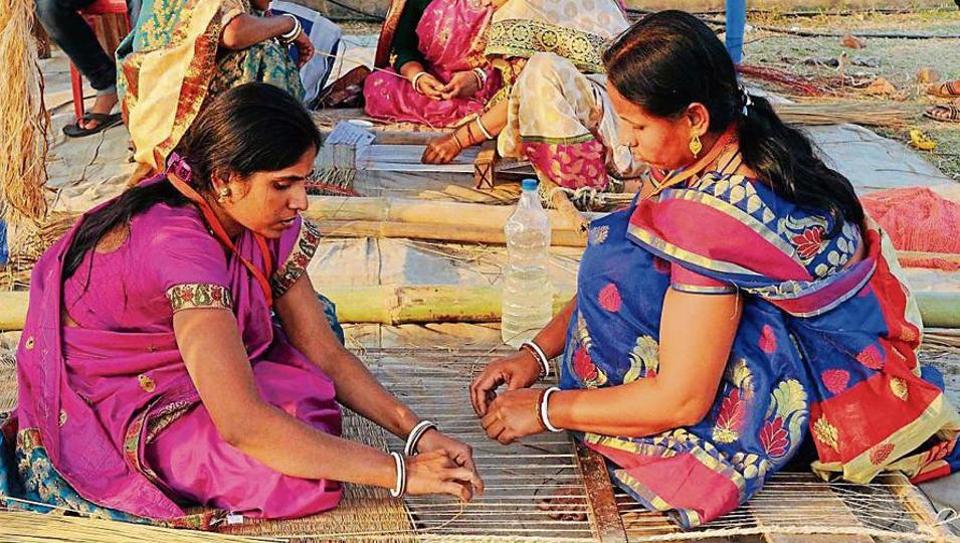
Menu

In the vibrant cultural landscape of Purulia, West Bengal, women have always been the quiet yet powerful custodians of tradition. Their hands, voices, and creativity have kept the region’s rich folk arts alive — from colorful floor designs to soulful songs and intricate crafts — often without formal recognition.
Art forms like Bandna, the harvest floor paintings, owe much of their existence to the women of rural Purulia. During festivals, it is the women who decorate courtyards with intricate patterns made from rice paste, expressing gratitude to nature and symbolizing prosperity. This art is passed down through generations, taught informally by mothers and grandmothers to daughters, weaving culture directly into daily life.
Women also play a vital role in maintaining traditions like Patachitra storytelling and folk weaving. In many villages, women craft toys, dolls, and masks, blending artistic expression with functionality. They sing ancient Jhumur songs — lyrical narratives of love, nature, and resilience — while working in fields or celebrating community events, ensuring these oral traditions remain alive in the collective memory.
Yet, despite their contributions, the recognition of women’s role in preserving Purulia’s folk arts has often been overlooked. Economic hardships, social changes, and migration have posed challenges, but many women continue to innovate — integrating traditional designs into modern crafts, participating in cultural fairs, and even teaching workshops to revive interest among younger generations.
Today, their role is more crucial than ever. By supporting women’s art cooperatives, promoting traditional crafts, and celebrating their contributions, we can help preserve not just the art forms themselves, but the spirit and stories that these women have safeguarded for centuries.
The women of Purulia are not just artists — they are the living bridges between the past and the future.



